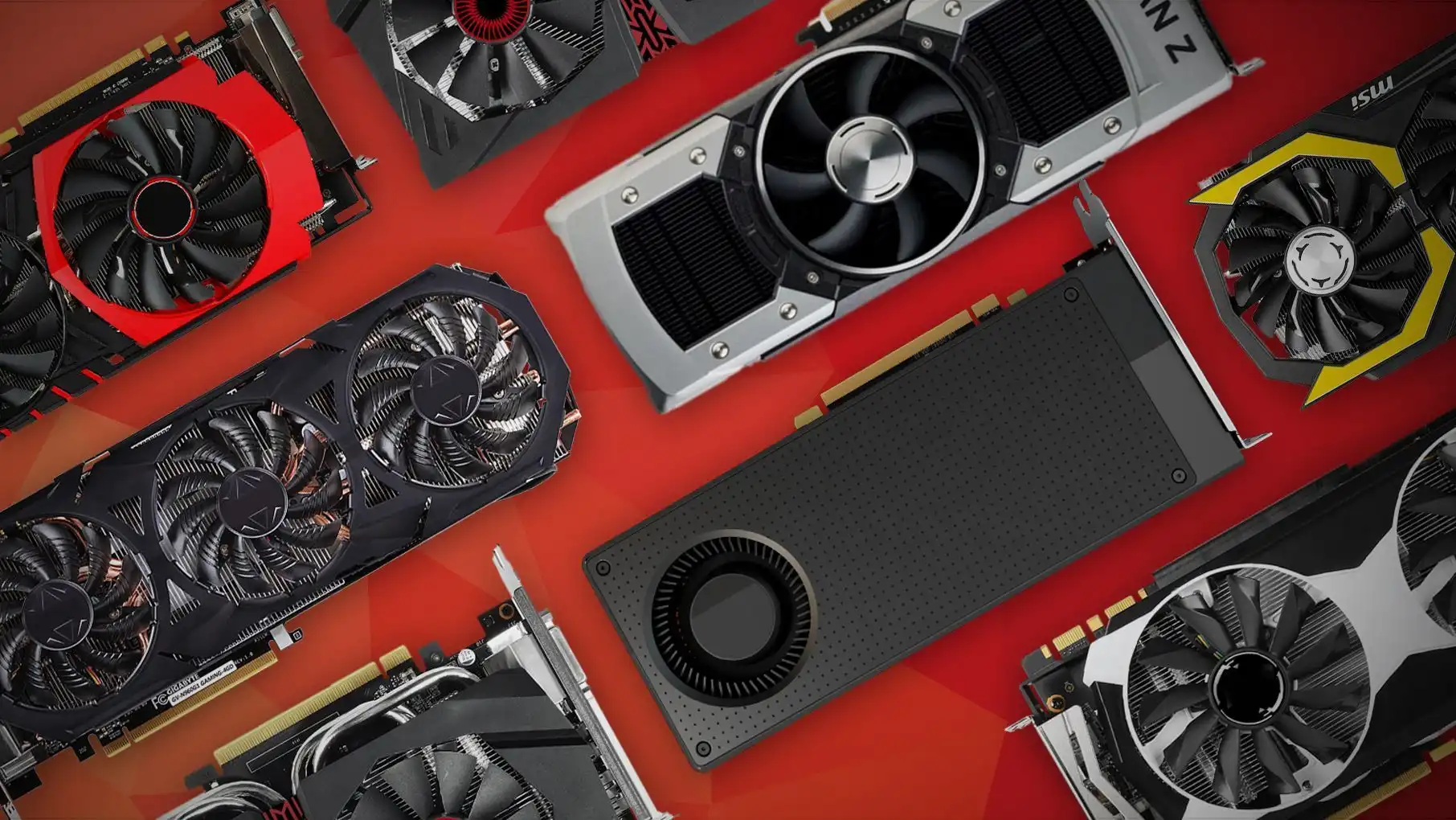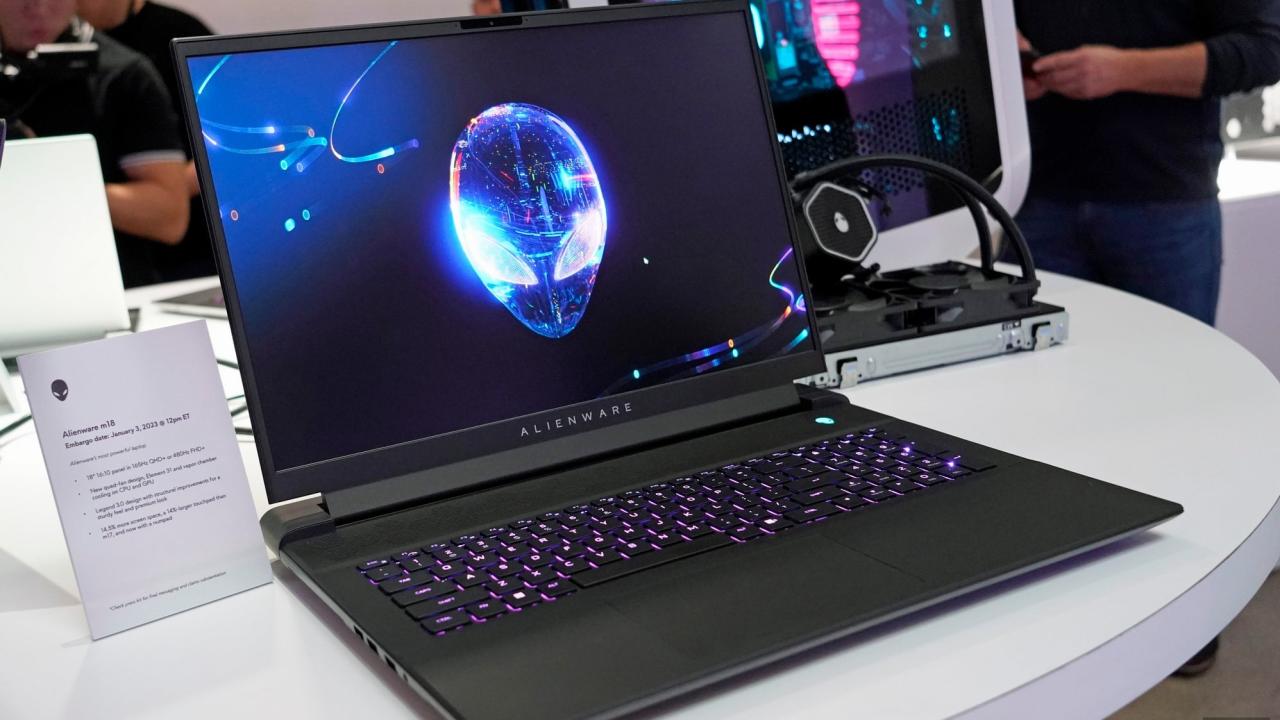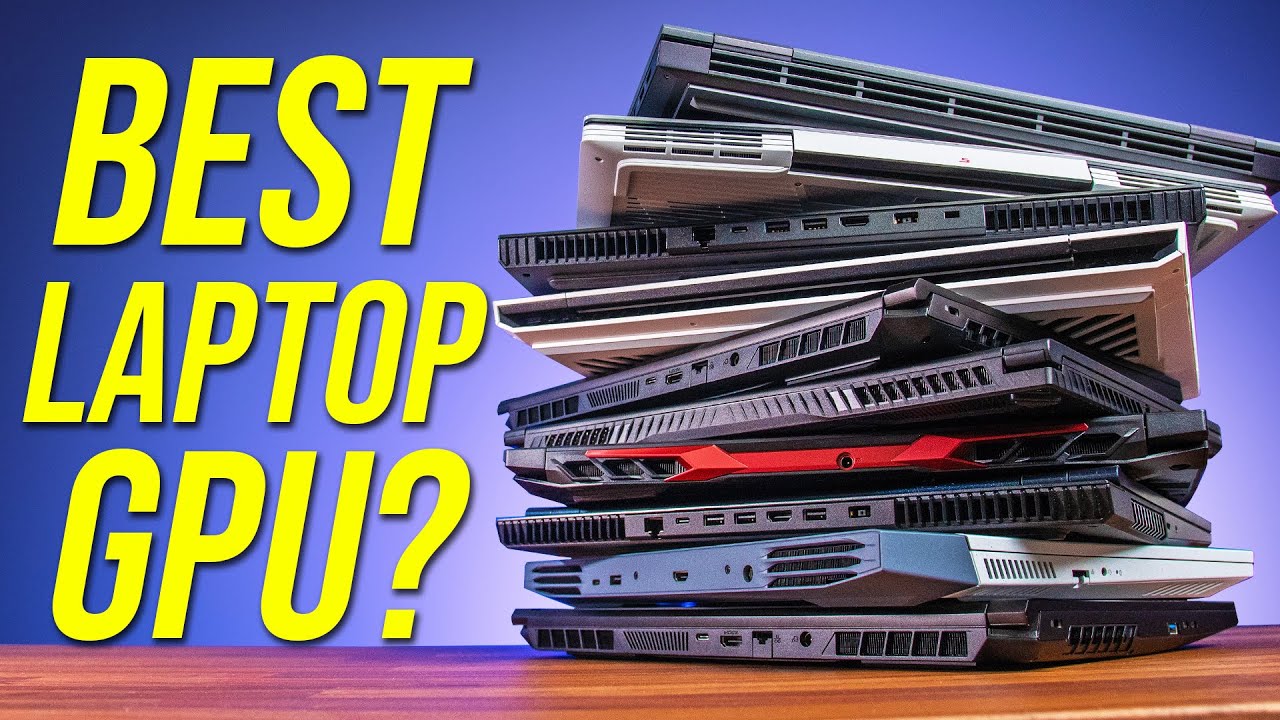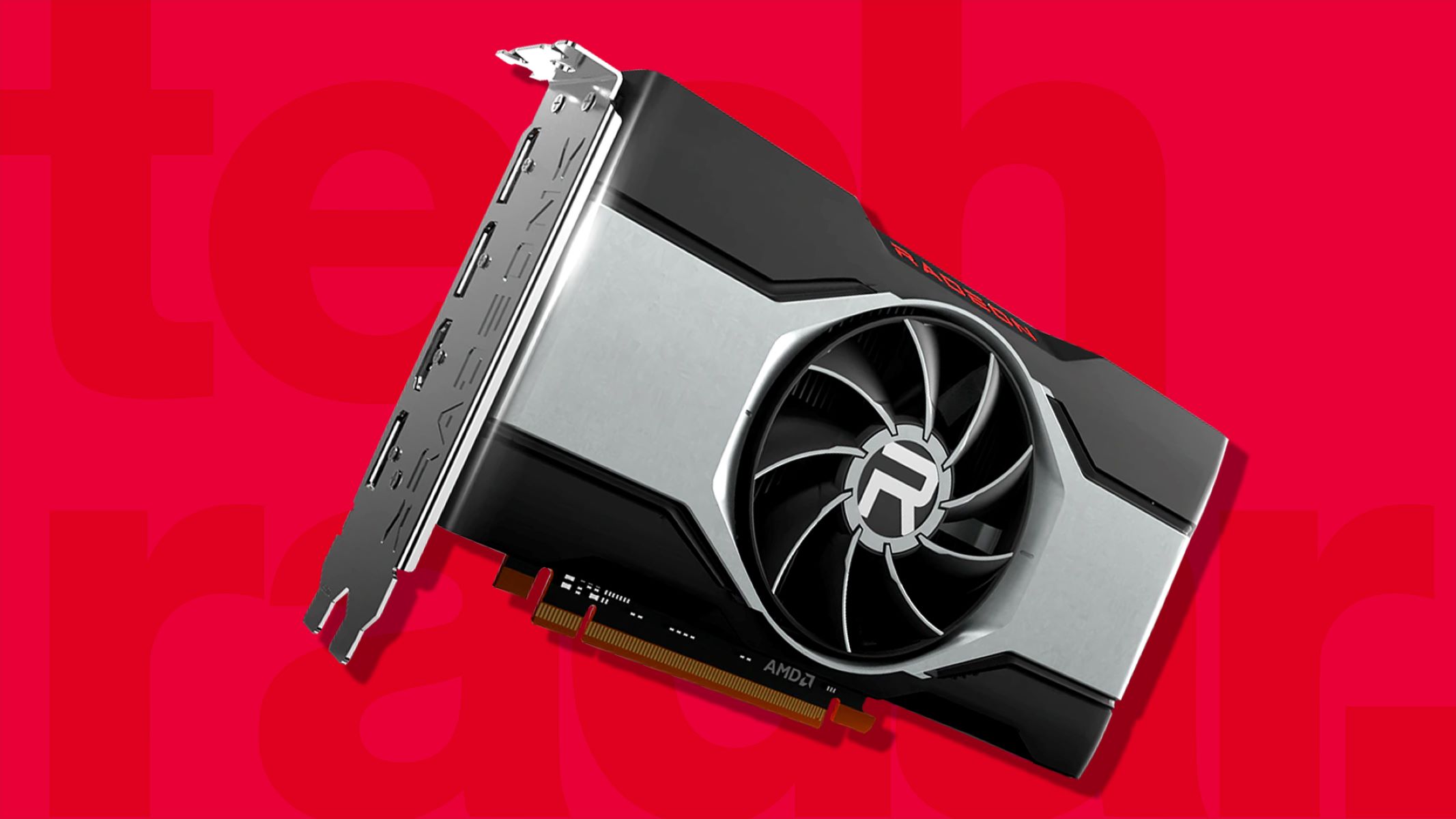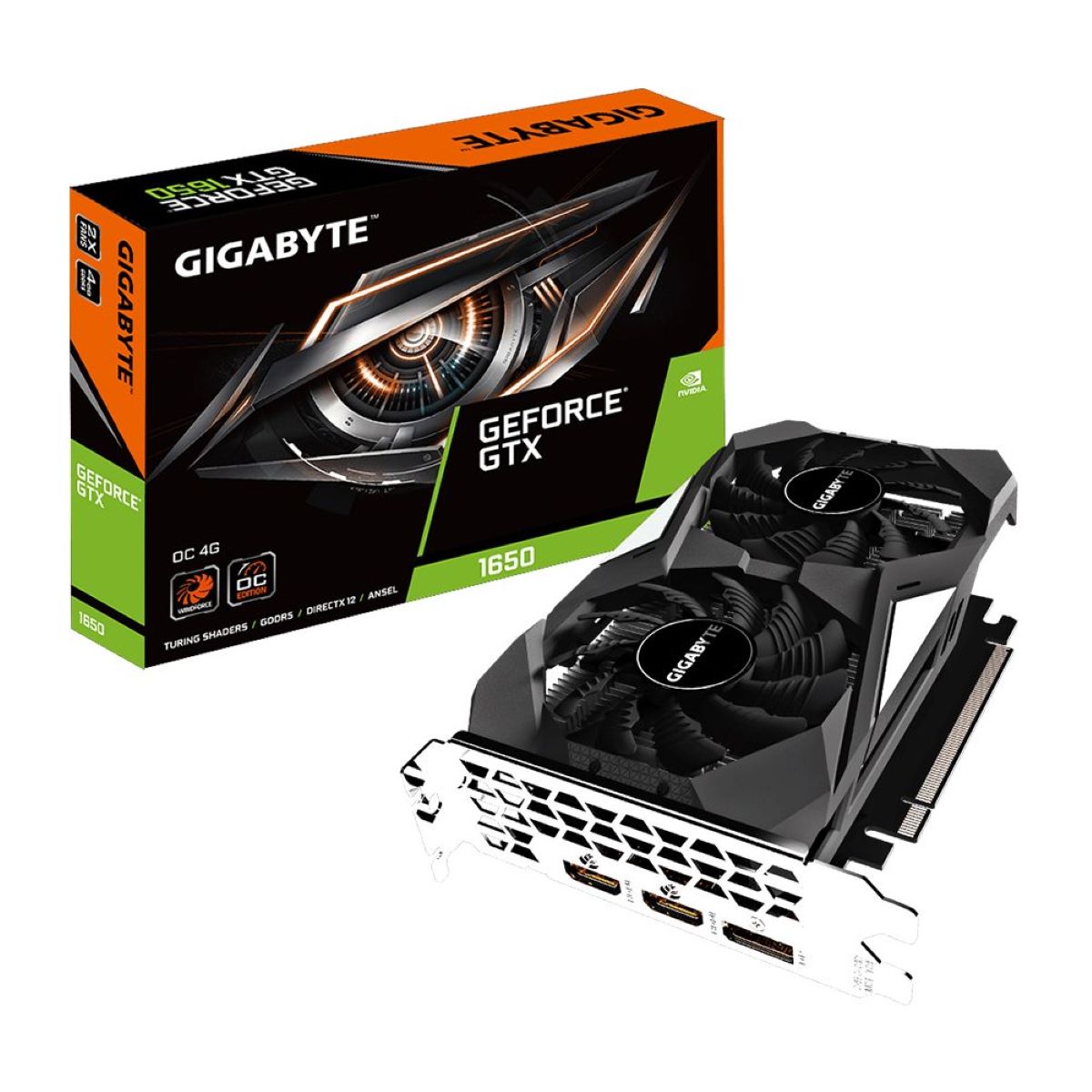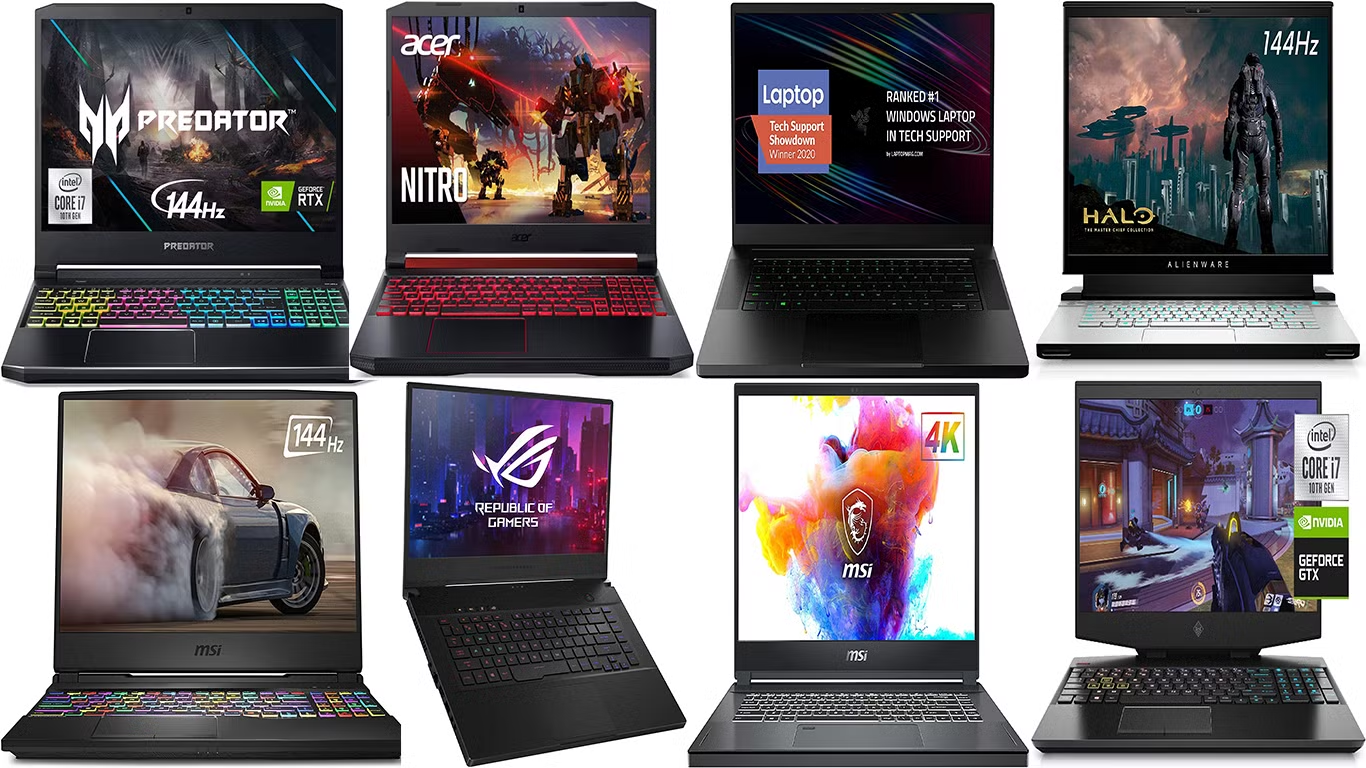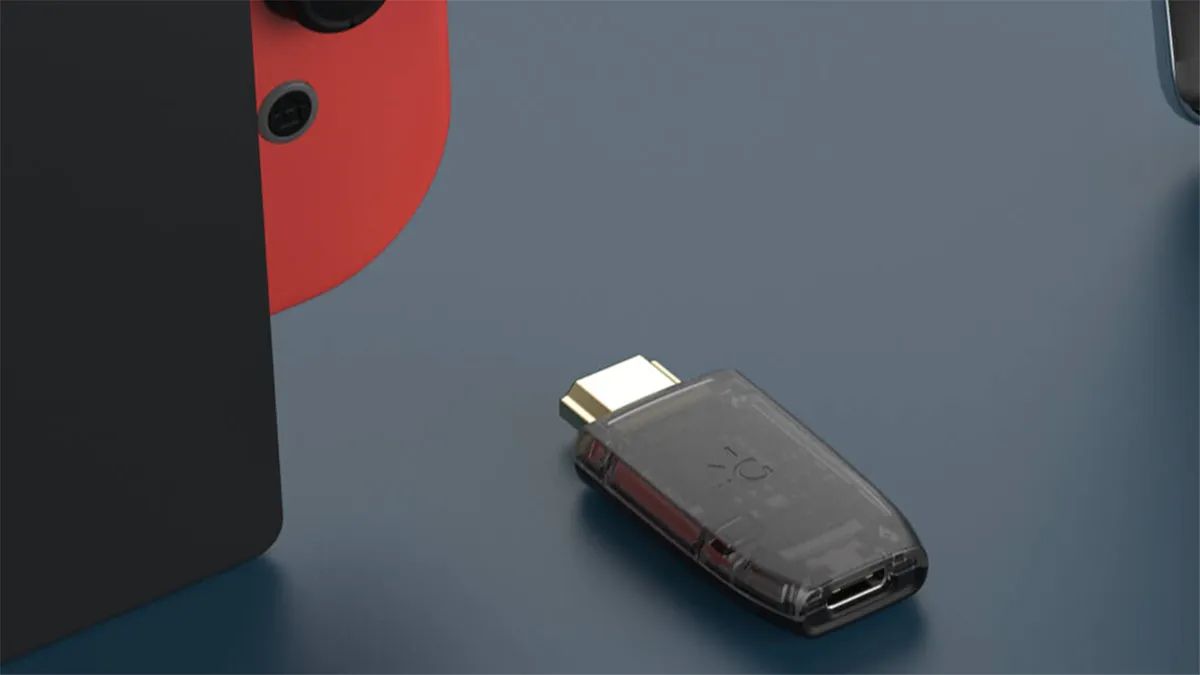Introduction
Choosing the right gaming laptop can be a daunting task, especially if you’re on a tight budget. Gamers often believe that high-performance gaming laptops come with a hefty price tag, but that’s not always the case. With advancements in technology, there are now several great options available for gamers on a low budget.
In this article, we will explore the key factors to consider when purchasing a low-budget gaming laptop. We will look at the processor, graphics card, RAM, storage, display, battery life, cooling system, keyboard and trackpad, portability, and of course, price. By understanding these essential components and their impact on gaming performance, you’ll be able to make an informed decision and find the perfect gaming laptop to suit your needs without breaking the bank.
While it’s true that a higher budget can afford you the latest and most powerful hardware, there are still plenty of budget-friendly options that can provide an enjoyable gaming experience. The goal is to find a balance between affordability and performance, ensuring that you get the most bang for your buck.
Keep in mind that a low-budget gaming laptop might not be able to run all games at the highest settings, but with careful consideration of the following components, you can still enjoy a smooth gaming experience with good graphics and decent frame rates. Let’s dive into the details and discover what makes a good low-budget gaming laptop.
Processor
The processor, also known as the CPU (Central Processing Unit), is the brain of any computer, and it plays a crucial role in gaming performance. When it comes to a low-budget gaming laptop, you’ll want to prioritize a processor that offers a good balance between power and affordability.
One popular choice for budget gaming laptops is an Intel Core i5 or AMD Ryzen 5 processor. These processors offer decent performance for gaming and multitasking without breaking the bank. They typically have four or six cores, which can handle most games smoothly. However, if you have a slightly higher budget, upgrading to an Intel Core i7 or AMD Ryzen 7 processor can provide even better performance, especially for CPU-intensive games or tasks.
Another factor to consider is the processor’s clock speed, which is measured in GHz. A higher clock speed means faster processing, resulting in smoother gameplay. Look for a processor with a base clock speed of at least 2.5GHz or higher, as this will ensure better gaming performance.
Additionally, consider the cache size of the processor. The cache acts as a temporary storage for frequently used data, allowing for faster access. A larger cache size, such as 8MB or higher, can provide a performance boost in gaming and overall system responsiveness.
Lastly, don’t forget to consider the generation of the processor. The latest generation processors offer better performance and efficiency compared to older ones. However, older generation processors can still provide satisfactory gaming performance on a low budget.
Overall, when it comes to the processor, prioritize a quad-core or hexa-core Intel Core i5 or AMD Ryzen 5 processor with a base clock speed of 2.5GHz or higher and a cache size of 8MB or more. Upgrading to a higher tier processor or the latest generation is beneficial if your budget allows, but don’t underestimate the performance capabilities of the mid-range options for low-budget gaming laptops.
Graphics Card
The graphics card, or GPU (Graphics Processing Unit), is arguably the most crucial component for a gaming laptop. It determines the quality of the visuals and the smoothness of gameplay. When it comes to a low-budget gaming laptop, it’s essential to find a graphics card that offers a balance between performance and affordability.
For budget gaming laptops, you’ll commonly find graphics cards from NVIDIA’s GeForce GTX series or AMD’s Radeon RX series. These cards offer a decent gaming experience at an affordable price. Look for a laptop with at least an NVIDIA GeForce GTX 1650 or AMD Radeon RX 5500M graphics card. This will allow you to play modern titles at 1080p resolution with medium to high settings.
If you can stretch your budget a bit further, consider upgrading to a laptop with an NVIDIA GeForce GTX 1660 Ti or AMD Radeon RX 5600M graphics card. These cards offer better performance and can handle more demanding games at 1080p resolution with high settings.
When evaluating graphics cards, consider the VRAM (Video Random Access Memory) capacity. VRAM is dedicated memory for the graphics card and affects the performance and quality of textures and visual effects. Look for a laptop with at least 4GB of VRAM, but if possible, opt for 6GB or 8GB for better performance and future-proofing.
It’s also worth noting that some gaming laptops may offer the option of dedicated graphics card memory or shared system memory. Dedicated graphics card memory is recommended for better gaming performance, as it allows the GPU to store and access data directly. However, if you’re on a tight budget, shared system memory can still provide satisfactory gaming performance.
Lastly, consider the cooling system of the laptop. Graphics cards can generate a significant amount of heat during gaming sessions. A well-designed cooling system with adequate heat dissipation can prevent overheating and ensure optimal performance and longevity of the graphics card.
In summary, when it comes to the graphics card for a low-budget gaming laptop, aim for at least an NVIDIA GeForce GTX 1650 or AMD Radeon RX 5500M with 4GB of VRAM. If your budget allows, upgrade to an NVIDIA GeForce GTX 1660 Ti or AMD Radeon RX 5600M with 6GB or 8GB of VRAM. Remember to consider the cooling system as well for optimal performance and longevity of the graphics card.
RAM
The RAM (Random Access Memory) of a gaming laptop is a vital component that determines the system’s multitasking capabilities and overall performance. For a low-budget gaming laptop, having adequate RAM is crucial to ensure smooth gameplay and quick loading times.
When it comes to RAM, it’s recommended to have a minimum of 8GB for gaming. This amount is sufficient for most modern games and allows for smooth multitasking between gaming and other applications. However, if your budget allows, upgrading to 16GB of RAM can provide even better performance and future-proofing.
Keep in mind that the RAM should have a sufficient clock speed, measured in MHz, to complement the processor’s performance. Look for RAM with a clock speed of at least 2400MHz or higher for optimal gaming performance. Higher clock speeds can improve data transfer rates and reduce latency, resulting in smoother gameplay.
It’s also worth noting that some gaming laptops offer the ability to upgrade the RAM in the future. This can be a cost-effective solution if you’re on a tight budget but want to expand your RAM capacity later. Make sure to check if the laptop you’re considering allows for RAM upgrades.
Another aspect to consider is the RAM type. DDR4 RAM is the most common and widely supported, offering good performance for gaming. However, some higher-end laptops may feature DDR4X or even DDR5 RAM, which can provide even better performance and energy efficiency. While DDR5 RAM is relatively new, it’s worth considering for future-proofing if your budget allows.
In summary, for a low-budget gaming laptop, aim for at least 8GB of DDR4 RAM with a clock speed of 2400MHz or higher. If possible, consider upgrading to 16GB for better multitasking capabilities. Keep an eye out for laptops that offer the ability to upgrade RAM in the future, and consider newer RAM types like DDR4X or DDR5 if available and within your budget.
Storage
The storage component of a gaming laptop determines how much data you can store and how quickly your games and applications load. When it comes to storage options for a low-budget gaming laptop, you’ll typically encounter two main types: Hard Disk Drives (HDDs) and Solid State Drives (SSDs).
HDDs offer larger storage capacities at a lower cost compared to SSDs. They are suitable if you have a vast library of games or require ample storage for other files. However, HDDs are slower in terms of data transfer speeds and can lead to longer load times for games and applications.
On the other hand, SSDs offer significantly faster data transfer speeds, resulting in faster boot times and shorter load times for games and applications. While SSDs generally have smaller storage capacities compared to HDDs for the same price, they provide a significant performance boost that greatly enhances the overall gaming experience.
For a low-budget gaming laptop, it’s recommended to prioritize an SSD over an HDD, even if it means opting for a lower storage capacity. A 256GB SSD is a good starting point as it offers enough space for the operating system, a few games, and essential applications. If your budget allows, consider upgrading to a 512GB or 1TB SSD to accommodate more games and files.
Some gaming laptops may offer a combination of both an SSD and an HDD. This configuration allows you to benefit from the fast load times of the SSD for your frequently played games, while still having the storage capacity of the HDD for less demanding games or files.
It’s worth mentioning that external storage options, such as external hard drives or cloud storage, can also be useful for expanding your storage capacity. These options are particularly useful if you have a large number of games or files that you don’t necessarily need to access frequently.
In summary, when it comes to storage for a low-budget gaming laptop, prioritize an SSD over an HDD for faster load times and overall system responsiveness. Aim for a 256GB SSD as a minimum, but consider upgrading to a higher capacity if your budget allows. Additionally, consider external storage options for expanding your storage capacity in the future.
Display
The display of a gaming laptop is an essential component as it directly impacts your visual experience while gaming. When it comes to the display for a low-budget gaming laptop, there are a few key factors to consider to ensure an immersive and enjoyable gaming experience.
The first aspect to consider is the display size. Gaming laptops typically come in various sizes, ranging from 14 inches to 17 inches. A larger display can provide a more immersive gaming experience, but it also results in a bulkier and less portable laptop. Consider your preferences for portability versus screen size and choose accordingly.
Next, pay attention to the resolution of the display. The most common resolution for gaming laptops is 1920 x 1080 pixels (Full HD), which offers sharp visuals and good gaming performance. Higher resolutions, such as 2560 x 1440 pixels (QHD) or 3840 x 2160 pixels (4K), provide even more detailed and crisp visuals, but they may require more powerful hardware to achieve smooth frame rates.
Additionally, consider the refresh rate of the display, which is measured in Hertz (Hz). A higher refresh rate leads to smoother motion and reduces motion blur in fast-paced games. Look for a display with a refresh rate of at least 60Hz, but if your budget allows, consider opting for a 120Hz or 144Hz display for an even smoother gaming experience.
Besides resolution and refresh rate, it’s essential to consider the panel type of the display. There are several panel types to choose from, including Twisted Nematic (TN), In-Plane Switching (IPS), and Vertical Alignment (VA). IPS panels are known for their vibrant colors and wide viewing angles, making them ideal for gaming and multimedia. TN panels, on the other hand, offer faster response times, which can be beneficial for competitive gaming but may sacrifice color accuracy and viewing angles.
Lastly, consider features like anti-glare coating and color accuracy. An anti-glare coating helps reduce reflections and improves visibility in well-lit environments. Color accuracy is particularly important if you’re involved in graphic design or content creation alongside gaming.
In summary, when considering the display for a low-budget gaming laptop, prioritize a size and resolution that suits your preferences for portability and visual quality. Aim for a Full HD display with a refresh rate of at least 60Hz, but consider higher refresh rates if your budget allows. Opt for an IPS panel for vibrant colors and wide viewing angles, and consider additional features like anti-glare coating and color accuracy based on your specific needs.
Battery Life
The battery life of a gaming laptop is an important consideration, especially if you plan to use it on the go or in situations where you don’t have immediate access to a power source. While gaming laptops are typically known for their shorter battery life compared to regular laptops, there are ways to ensure reasonable battery performance even on a low-budget gaming laptop.
One of the main factors influencing battery life is the hardware components of the laptop, particularly the processor and graphics card. More powerful hardware tends to consume more power, leading to shorter battery life. When choosing a low-budget gaming laptop, opt for hardware that strikes a good balance between performance and power efficiency.
Selecting a laptop with a newer generation processor can often contribute to better power efficiency. Additionally, consider the graphics card and its power requirements. Look for laptops with graphics cards that are designed to be energy-efficient, as these can help conserve battery life during gaming sessions.
The display size and resolution can also impact battery life. Larger displays and higher resolutions require more power to operate. Therefore, if battery life is a top priority, consider opting for a smaller display and a lower resolution. However, be mindful of your preference for gaming experience and visual quality, as a smaller display and lower resolution may impact the overall gaming experience.
Another factor to consider is the laptop’s power management settings. A well-optimized power-saving mode can help extend battery life by reducing system performance and brightness when not gaming. Adjusting settings such as screen brightness, keyboard backlighting, and sleep settings can also contribute to longer battery life.
It’s important to note that battery life can vary depending on usage. Gaming, particularly intensive gaming, will significantly drain the battery. However, for everyday tasks such as web browsing or document editing, a low-budget gaming laptop with efficient hardware can still provide a reasonable battery life.
In summary, when considering the battery life for a low-budget gaming laptop, look for hardware that strikes a balance between performance and power efficiency. Consider opting for newer generation processors and energy-efficient graphics cards. Be mindful of the display size and resolution, and adjust power management settings to optimize battery life. While battery life may not be as long as regular laptops, with these considerations, you can still achieve reasonable battery performance for everyday tasks and less demanding gaming sessions.
Cooling System
The cooling system of a gaming laptop is a crucial aspect to consider, as it plays a vital role in maintaining optimal performance and preventing overheating. When it comes to a low-budget gaming laptop, a well-designed cooling system is essential to ensure longevity and stability during gaming sessions.
Gaming laptops tend to generate a significant amount of heat due to the demanding hardware components such as the processor and graphics card. Therefore, it’s important to choose a laptop with a robust cooling system that effectively dissipates heat and keeps internal temperatures in check.
One of the critical components of a cooling system is the heat sink and fan configuration. The heat sink absorbs heat from the processor and graphics card, while the fans help circulate cool air and expel hot air generated by the internal components. Look for laptops that have multiple heat pipes and larger fans, as these are more efficient at dissipating heat.
Another feature to consider is the placement of the exhaust vents. Ideally, a gaming laptop should have exhaust vents located at the back or sides to efficiently expel hot air away from the user and prevent heat buildup. Avoid laptops with vents situated underneath the laptop, as these can be obstructed when the laptop is placed on soft surfaces, leading to inadequate cooling.
The construction and materials of the laptop also play a role in its cooling capabilities. Laptops with high-quality materials and good airflow design can help dissipate heat more effectively. Look for laptops with adequate ventilation and consider models that feature additional cooling enhancements, such as copper heat pipes or a vapor chamber, which can further improve heat dissipation.
In addition to the hardware considerations, it’s essential to maintain the cleanliness of the cooling system. Over time, dust and debris can accumulate on the fans and heat sink, hindering their performance. Regularly cleaning the vents and fans with compressed air can help maintain optimum airflow and prevent overheating.
Lastly, during intense gaming sessions or prolonged usage, it’s a good idea to use a cooling pad or elevate the laptop slightly to improve air circulation and aid in heat dissipation. Cooling pads with built-in fans can provide additional cooling and help keep the laptop’s temperature under control.
In summary, when considering the cooling system for a low-budget gaming laptop, prioritize laptops with effective heat sinks, larger fans, and well-placed exhaust vents. Pay attention to the construction and materials of the laptop for better airflow and heat dissipation. Regular maintenance and the use of cooling pads can also enhance the cooling performance. Adequate cooling is essential to ensure stable and optimal performance, as well as prolong the lifespan of your gaming laptop.
Keyboard and Trackpad
The keyboard and trackpad of a gaming laptop are crucial components that greatly impact the overall gaming experience and usability. When it comes to a low-budget gaming laptop, it’s important to consider the quality and functionality of the keyboard and trackpad to ensure comfortable and precise control.
For gaming purposes, an ergonomic and responsive keyboard is essential. Look for laptops that offer a keyboard with good key travel and tactile feedback. Mechanical keyboards are often preferred by gamers due to their precise key actuation and durability. However, mechanical keyboards can be more expensive, so rubber dome keyboards can still provide satisfactory gaming performance on a budget.
Backlit keyboards are another feature to consider. These keyboards have illuminated keys that make it easier to see the keys in low-light settings. Look for keyboards with adjustable backlighting and customizable lighting effects to personalize your gaming experience. However, keep in mind that backlit keyboards may be an optional feature that could increase the cost of the laptop.
Anti-ghosting and N-key rollover are essential keyboard features for gamers. Anti-ghosting ensures that multiple keys can be pressed simultaneously without any missed inputs, while N-key rollover allows for the registration of each keypress, regardless of how many keys are pressed at once. These features ensure precise and accurate input during intense gaming sessions.
As for the trackpad, while it may not be the primary input method for gaming, it’s still important to have a responsive and accurate trackpad for general use. Look for laptops that offer a trackpad with smooth and precise tracking, multi-touch gestures, and a comfortable size for ease of use. Additionally, some laptops may feature dedicated gaming trackpads, often called “precision touchpads,” that offer enhanced sensitivity and responsiveness for better gaming control.
It’s worth mentioning that many gamers prefer using an external gaming mouse for better precision and control. If you plan on using an external mouse, the trackpad becomes less of a priority, but it’s still good to have a functional trackpad for times when using a mouse isn’t feasible.
In summary, for a low-budget gaming laptop, prioritize a keyboard with good key travel and tactile feedback, preferably with anti-ghosting and N-key rollover capabilities. Look for optional features like backlit keyboards for better visibility in low-light conditions. For the trackpad, seek a responsive and accurate trackpad with multi-touch gestures, or consider using an external gaming mouse for better control during gaming sessions.
Portability
The portability of a gaming laptop is an essential factor to consider, particularly if you plan on gaming on the go or frequently moving your laptop between different locations. While gaming laptops are generally larger and heavier than regular laptops, there are still considerations to ensure a good balance between performance and portability, even on a low-budget gaming laptop.
One aspect to consider is the overall size and weight of the laptop. Gaming laptops typically range from 14 inches to 17 inches in screen size. Smaller laptops are generally more portable and easier to carry around, but they may sacrifice screen real estate and comfort during gaming. Larger laptops offer larger screens, which can enhance the gaming experience, but they may be bulkier and less portable. Consider your preference for screen size and the trade-off between portability and gaming experience.
In addition to the overall size, consider the weight of the laptop. A lighter laptop is more convenient for portability, especially if you plan to use it while traveling or on-the-go. Look for laptops that strike a balance between weight and performance. Keep in mind that gaming laptops with more powerful hardware tend to be heavier due to the additional cooling requirements.
An essential consideration for portability is the battery life of the laptop. A longer battery life allows you to use the laptop without being tied to a power outlet for an extended period. Look for laptops with a reasonable battery life that can accommodate your gaming needs or consider investing in an external battery pack for additional power on-the-go.
The durability of the laptop is also important when it comes to portability. Look for laptops that are built with sturdy materials and have a solid construction to withstand the rigors of travel. Laptops with reinforced frames or shock-resistant features can offer better protection against accidental bumps or drops.
Furthermore, the availability of ports and connectivity options is worth considering for portability. Having a sufficient number of USB ports, an HDMI port, and an SD card slot can make it easier to connect peripherals and transfer data without relying on adapters or dongles. Additionally, laptops with built-in Wi-Fi capabilities ensure that you can stay connected to the internet wherever you are.
In summary, for a low-budget gaming laptop with good portability, consider a balance between screen size, weight, and performance. Opt for a laptop that is lightweight, offers a reasonable battery life, and is built with durability in mind. Look for laptops with a sufficient number of ports for connectivity convenience. By considering these factors, you can find a gaming laptop that suits your needs for portability without compromising on performance.
Price and Value for Money
The price of a gaming laptop is a key factor for most buyers, especially when on a low budget. When considering the price, it’s crucial to look beyond the price tag alone and assess the overall value for money. Finding a gaming laptop that offers good performance and quality components within your budget is essential.
First and foremost, determine your budget and set realistic expectations. Understand that a low-budget gaming laptop may not have all the bells and whistles of higher-priced models, but it can still provide a decent gaming experience. Set your priorities and focus on the components that have the most significant impact on gaming performance, such as the processor, graphics card, and RAM.
Compare different laptops within your budget range and carefully evaluate the specifications and features they offer. Consider factors like processor performance, graphics card capabilities, RAM capacity, storage options, display quality, and overall build quality. Look for reviews and user feedback to assess the real-world performance and reliability of the laptops you’re considering.
Additionally, consider the warranty and customer support provided by the manufacturer. A good warranty can offer peace of mind, especially for budget-conscious buyers, as it ensures that any potential issues will be addressed within a reasonable time frame.
It’s important to note that price and value for money are subjective and depend on individual requirements and preferences. A laptop that may be considered a great value for one person may not necessarily be the best option for another. Therefore, it’s crucial to evaluate the specifications, features, and overall performance in relation to the price tag to determine the best value for your budget.
Consider any additional features or bundled software that may come with the laptop. Some laptops may offer extras like gaming-focused software, RGB lighting, or other accessories that enhance the overall gaming experience. While these features may not directly impact gaming performance, they can add value and make the gaming experience more enjoyable.
In summary, when it comes to price and value for money for a low-budget gaming laptop, assess the overall specifications, performance, and build quality in relation to the price tag. Set realistic expectations and prioritize the components that have the most significant impact on gaming performance. Consider warranty and customer support, as well as any additional features or bundled software. With careful evaluation and research, you can find a gaming laptop that offers excellent value for your budget, providing an enjoyable gaming experience without breaking the bank.
Conclusion
Choosing a low-budget gaming laptop requires considering multiple factors to ensure a satisfying gaming experience without compromising performance. By carefully assessing each component and weighing their importance, you can find a gaming laptop that suits your budget and gaming needs.
Start by evaluating the processor, graphics card, and RAM, as these are the key components that directly impact gaming performance. Aim for a processor like the Intel Core i5 or AMD Ryzen 5, a graphics card such as the NVIDIA GeForce GTX 1650 or AMD Radeon RX 5500M, and at least 8GB of RAM.
Consider the storage options and prioritize an SSD for faster load times and overall system responsiveness. The display should offer a suitable resolution and refresh rate to provide an immersive visual experience while gaming. Pay attention to details such as the cooling system, keyboard and trackpad quality, portability, battery life, and overall value for money.
Remember that while a low-budget gaming laptop may not have all the high-end features, finding the right balance between performance, price, and portability is essential. Prioritize the components that matter the most to you, and choose a laptop that aligns with your gaming preferences.
Lastly, thoroughly research and compare different models within your budget range, read reviews, and consider customer feedback to ensure you’re making an informed decision. Look for warranties, customer support, and additional features that may add value to your gaming experience.
In conclusion, while a low-budget gaming laptop may not offer the same level of performance as high-end models, by carefully evaluating and prioritizing the essential components, you can still find a gaming laptop that provides an enjoyable gaming experience without straining your budget.









